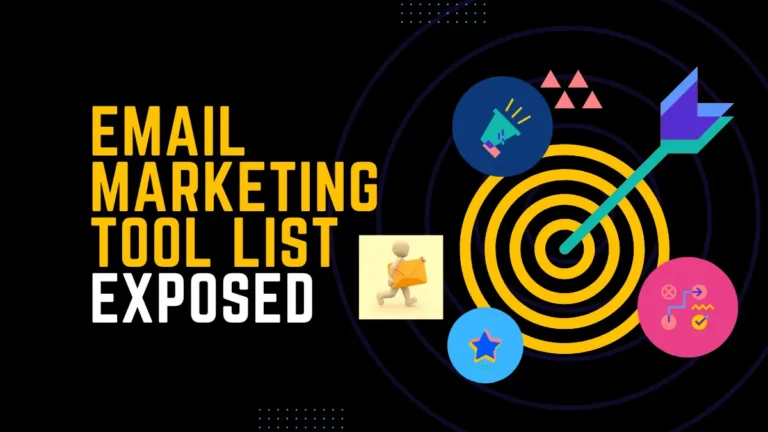Emails continue to remain a top marketing channel for a while now, even though it was invented four decades ago. It competes with the likes of organic searches and social media now and still delivers one of the highest ROI of all email marketing strategies that are used. However, emails are not what they used to be 40 years ago. It has evolved and continues to grow.
An email has gone from being a tool for inter-departmental communication to a very successful marketing tool today. This success doesn’t rely on just email reach but the improvement and advancement to email domains.
Explore the latest trends and strategies in email marketing with our comprehensive guides on email marketing with search engine optimization, elevating your email marketing, and current email marketing trends.
Email marketing is an ever-changing and ever-evolving landscape. It is a very dynamic industry, and to succeed, you must be ready to evolve and adapt your strategy constantly. This means that you have to be flexible with your approach to cover for inevitable changes to keep you ahead of the curve. For insights on how to integrate SEO strategies with your email marketing efforts to stay ahead, check out our detailed guide on email marketing with search engine optimization.
In this article, we look at some recent technological innovations in email marketing.
1. Use of AMP emails
What AMP does to emails is to change them to a webpage-like experience which makes it dynamic and more interactive. This is a project that Google backs, and we expect that it will become trendy in the not-so-distant future.
It is also possible to add elements such as contact form, slider, subscription form, and accordion using the AMP technologies in emails. An example of a brand that has done this is EmailMonks, now known as Email Uplers.
2. Keyframe animation-based interactivity
As Paul Kelly, a famous essay writer, puts it, writing ordinary email copies with some bright imagery is no longer enough to satisfy email subscribers. This is a significant problem for email marketers, and they’ve been seeking different means to add some elements into their emails to make them more interactive.
Since email interactivity is the goal, an easy way to achieve this is using keyframe animations.
This animation was created by changing from a group of CSS styles to a different group gradually. The keyframes rule specifies the animation that will be created at a specified keyframe. Besides many other interactive elements like flip effect, accordion, and menus commonly used in websites, there are now more keyframe animations that emails can boast about.
Although this innovation currently has limited support from a few email clients, email marketers continue to use these interactive elements for their email campaigns.
3. Gamification
The gamification process involves incorporating gaming mechanics into a non-gaming realm to bring out a desired behavior in the audience. According to professional essay writers at the college paper, when email marketers successfully get their subscribers to finish tasks, even if they are offered a reward, the marketers quietly build a relationship with the subscribers.
4. Using brand indicators to identify messages
According to a consumer email tracking report from DMA, more than 50% of email users don’t open an email if they cannot recognize the brands sending it to them.
To increase brand recognition in your emails, you should add your brand’s name in the sender name or email preheader. The success of email marketing is based on trust. So including your brand’s logo just beside your email will make it easy for the recipients to recognize your brand. This will help to increase the deliverability of your emails.
An excellent way to do this is through the use of BIMI (Brand Indicators for Message Identification). Not only will this increase the visibility of your emails, but it will as well protect your business from fraudulent emails.
BIMI makes your logo appear close to the sender name rather than the generic letters for inbox providers.
5. Custom font support
If someone goes through a website, the fonts that are seen on the website page are the ones that the sender fetched to be displayed as they intended on the site. There wasn’t a possibility to do this with many email clients. However, email marketers had their fall-back fonts that work for a corresponding custom font. There’s a drawback with this, and it is the fact that the fonts that emails could support are already installed on the subscriber’s device. Thankfully, it can be different now with marketers knowing that there are other methods for them to fetch custom fonts dynamically without them being installed on the subscribers’ devices. They can do this with importing CSS properties and font-face.
Conclusion
If the evolution of email over the last few decades is anything to go by, it isn’t going anywhere. Emails and email marketing continue to evolve, so it is essential that marketers also continue to adapt and evolve their strategy to these constant changes. This will help them remain ahead of their competition in the market and make their email marketing even more effective.
To dive deeper into specific areas of email marketing, check out our detailed guides on how to elevate your email marketing and the latest email marketing trends.



